[…]
Magazine: Classic Toy Trains
Atlas O Phase II GP7
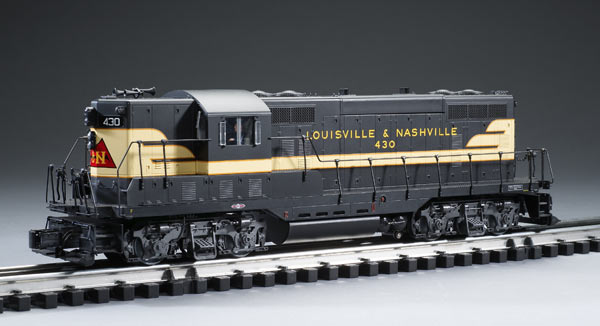
WHEN I WAS A LAD, GEEP 7s AND 9s WERE EVERYWHERE. There were so many that they blended in with the boxcars and hoppers, and often I didn’t bother to photograph a Geep passing by, but waited for either a cab unit or newer power. The truth is that while the Electro-Motive Division’s (EMD) cab-body […]
MTH O gauge French Railways 4-6-2
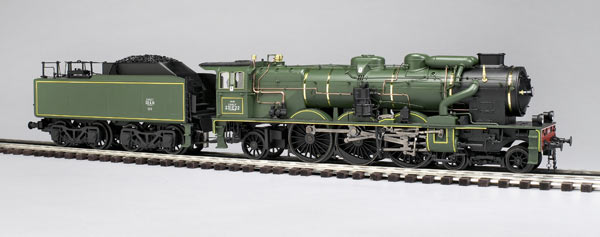
BEING A PROUD AMERICAN MODEL RAILROADER, I love our great heritage of O gauge 4-8-4 Northerns, and 4-8-2 Mountains, and the endless line of 4-6-4 Hudsons rolling along North American main lines. So let me note that it is really, really conflicting for me to say that the most intricately detailed die-cast metal locomotive that […]
Postwar style GG1 locomotive by Lionel
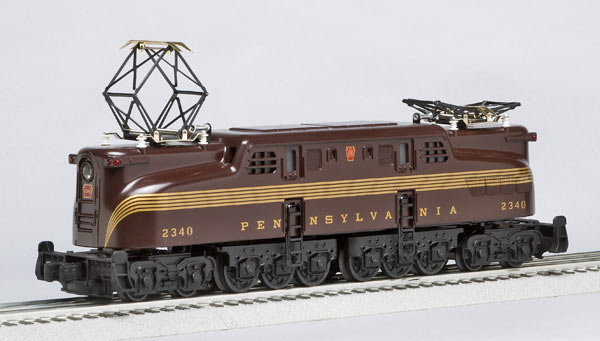
THE POSTWAR-STYLE GG1 IS A FAVORITE IN SOME THREE-RAIL CIRCLES. Back in the day, it was an impressive model of the nation’s premier electric-profile locomotive. The fact that it had a die-cast metal shell and possessed 10 wheelsets to noisily clank and chunk through switches certainly appealed to everyone’s inner kid. This model gets my […]
Lionel postwar style GG1 locomotive
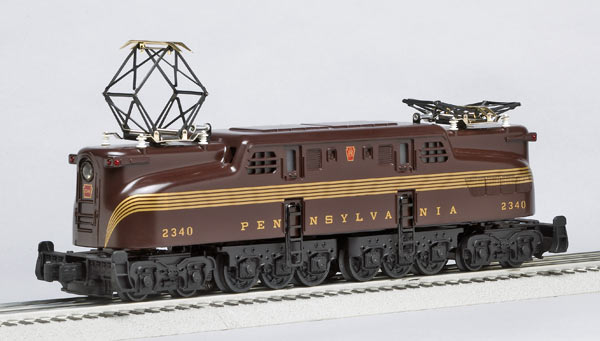
Back in the day the postwar-style GG! was an impressive model of the nation’s premier electric-profile locomotive. This Lionel model is a well-made rendering of a postwar icon. […]
O gauge GP7 by Atlas O
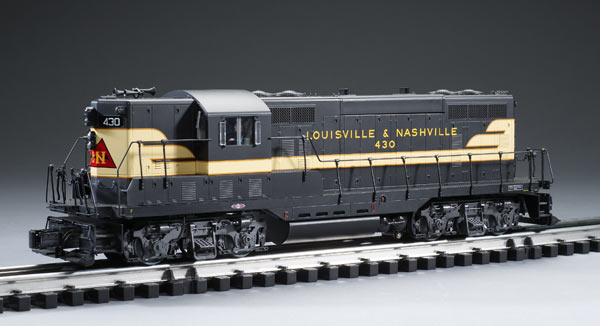
you want an all-round utility engine that looks great, performs better, and can do every job from commuter hauler to work train, the Atlas O GP7 is the locomotive for you. […]
Lionel 1957 Super O layout
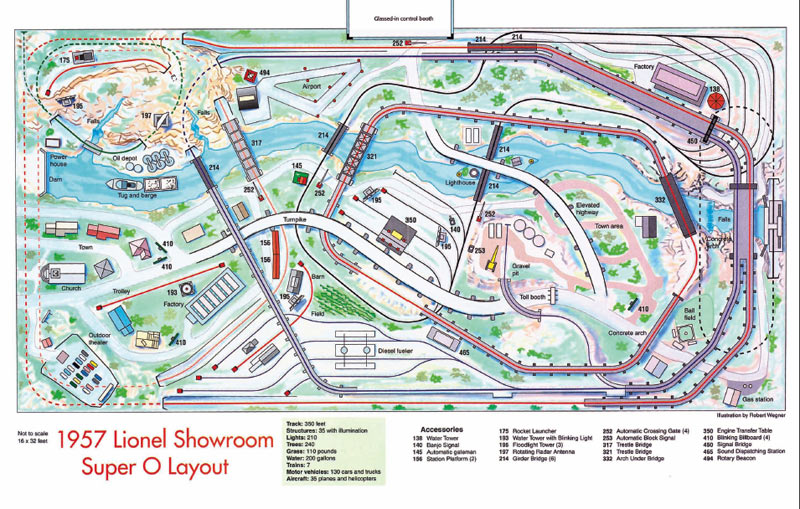
Steve Garofalo’s Super O layout celebrates Lionel’s 1957 showroom layout. Download this PDF of a 12-page look at the original 1957 layout. Lionel 1957 Super O layout […]
Lionel’s new O gauge “Thunderbird” train set

Below, you can watch a streaming video of this “Blast from the Past” as Lionel revisits the olden days with the O gauge “Thunderbird” set, part of the “Lionel Postwar Authentics – Conventional Classics” series. […]
Lionel’s new O gauge “Thunderbird” train set

Below, you can watch a streaming video of this “Blast from the Past” as Lionel revisits the olden days with the O gauge “Thunderbird” set, part of the “Lionel Postwar Authentics – Conventional Classics” series. […]
Plasticville structures in Lionel boxes
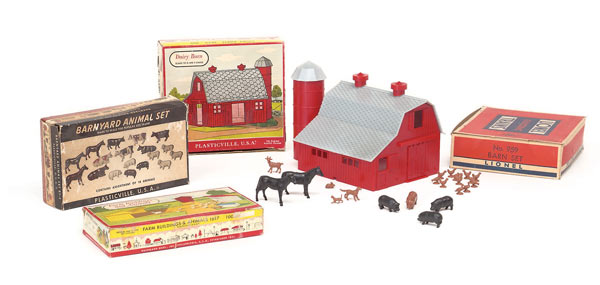
Lionel took ride in making its own tooling and producing its train line, but it did occasionally turn to other firms for key molds and parts. Subscribers can download a PDF of an article that inventories the Plasticville items in orange-and-blue boxes used in Lionel promotional train outfits between 1958 and 1963. […]
Classic Toy Trains, May 2009
[…]
Reviewed: Lionel’s new no. 2219W Lackawanna “Thunderbird” set
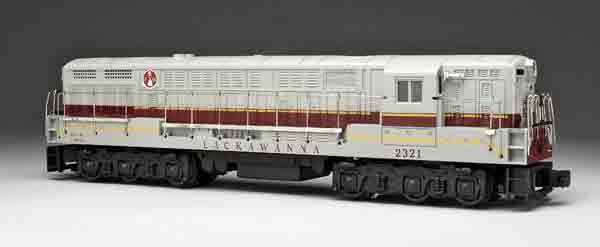
ANYONE WHO HAS READ MY REVIEWS OVER TIME knows I have one simple mantra about reproductions of vintage trains. Simply put: “New is better.” So starts Bob Keller’s review of Lionel’s no. 2219W Lackawanna “Thunderbird” set, one of the new “Lionel Postwar Authentics – Conventional Classics.” Older trains (postwar or even prewar) are simple, rugged, […]
